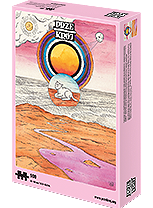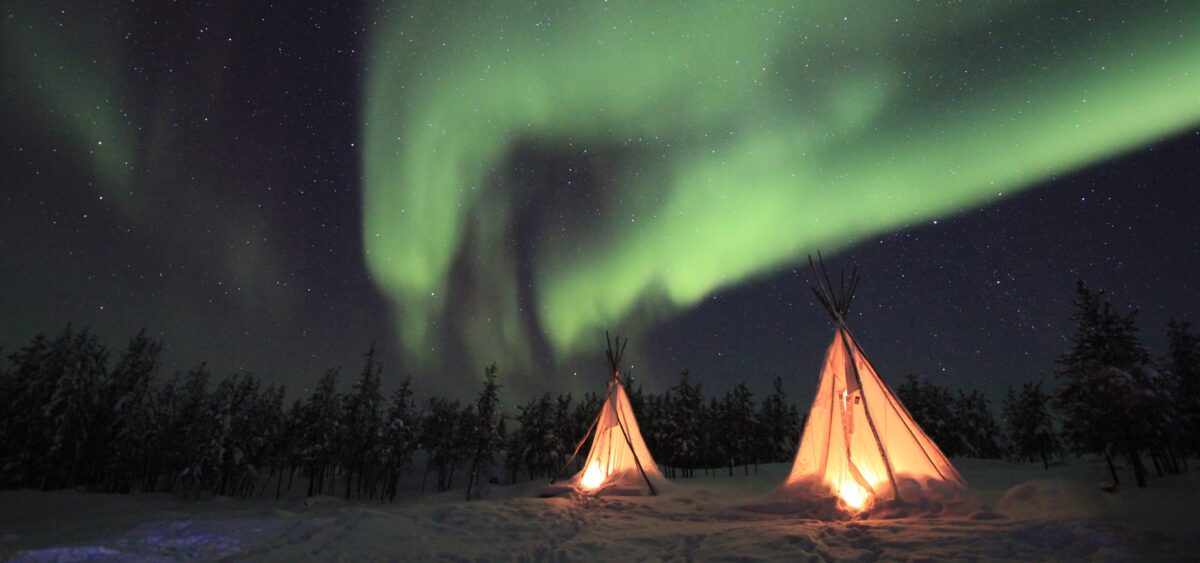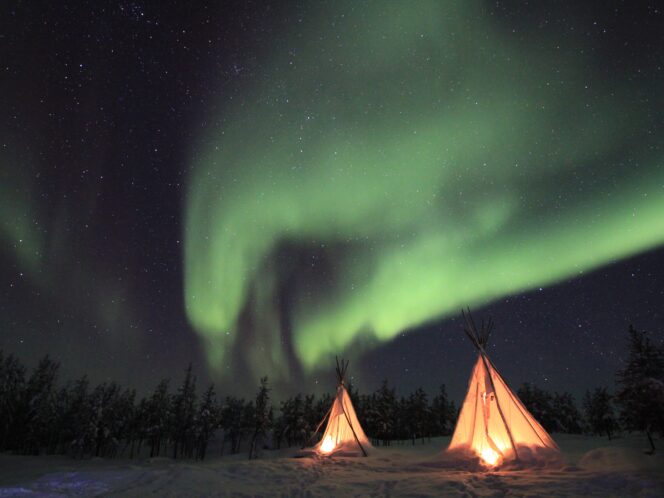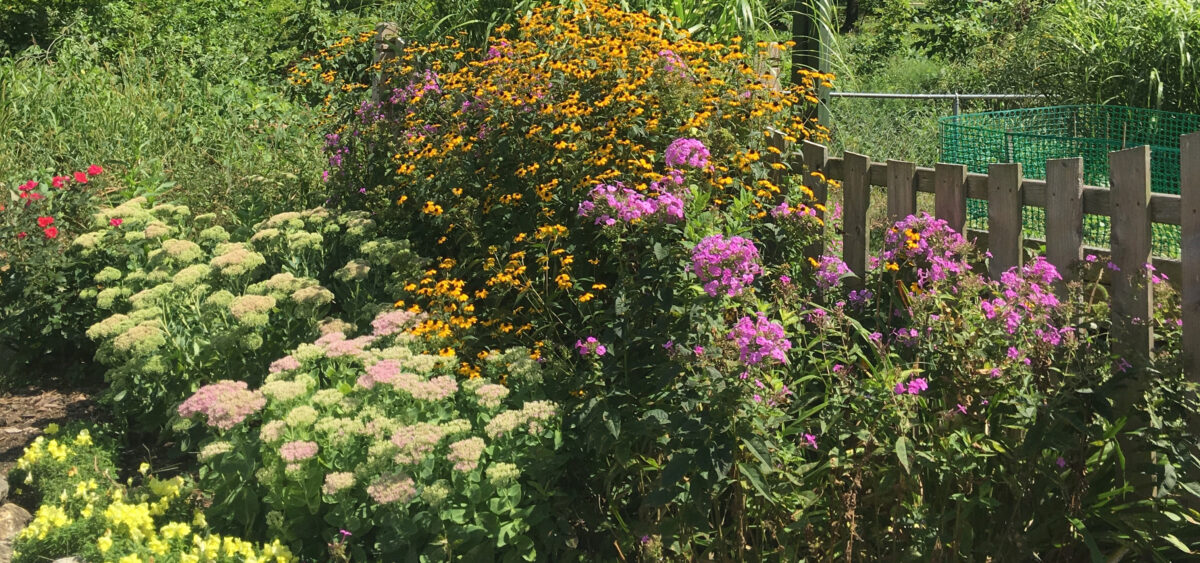
Life in the big city can feel like we are living the dream, but what can we do when it starts making us ill? In search of a cure, one writer turned away from civilization—and towards nature.
In 1996, I stepped into a New York writer’s dream: a rent-stabilised two-bedroom in a pre-war doorman building overlooking the Hudson River. Built in 1931, the great behemoth of a building contained nearly three hundred apartments and a respectable smattering of famous musicians and artists. To the north, a curving boulevard dotted with gorgeous nineteenth-century row houses. To the west, a ribbon of green that ran many miles along the river. And the Upper West Side itself was foodie heaven. I thought, as any New Yorker dumbstruck by her luck would have: ‘I will live here forever. Yup, they will have to carry me out feet first on a stretcher before I ever leave.’
By late 2009, that moment had arrived. First, in the summer of 2000, came a tick bite that seemed to slash and burn me to the ground. I never recovered, in spite of antibiotic treatment. Then in 2005, a developer bought my building and for two years his team demolished and renovated 150 apartments, selling them as luxury condominiums. Swarms of demolition workers brought brick dust, mice pouring forth out of the walls, bursting pipes and multi-floor floods. My ceiling fell in from a torrent of water, my bedroom wall slid off like putty, my oak floors warped from erupting wastewater.
By the time the renovation was complete, my sanctuary was infested with mold and probably strange bacteria; back in the 1930s, they insulated between floors with rock wool, which holds an astounding amount of moisture and can grow mold and bacteria after flooding. I was bedridden, too ill to ride the elevator down one floor and walk across the lobby to get my mail.








